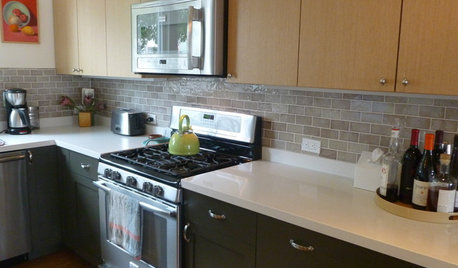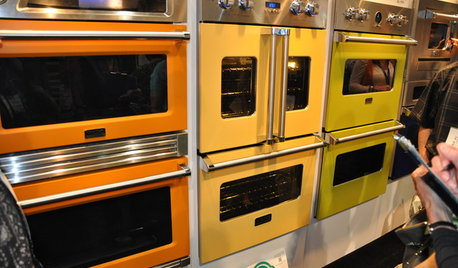Grease drip from Modern Aire vent
TxMarti
9 years ago
Featured Answer
Sort by:Oldest
Comments (16)
Mistman
9 years agokaseki
9 years agoRelated Professionals
Amherst Kitchen & Bathroom Designers · Clarksburg Kitchen & Bathroom Designers · El Dorado Hills Kitchen & Bathroom Designers · Hemet Kitchen & Bathroom Designers · Hybla Valley Kitchen & Bathroom Designers · Oneida Kitchen & Bathroom Designers · Peru Kitchen & Bathroom Designers · Placerville Kitchen & Bathroom Remodelers · Shawnee Kitchen & Bathroom Remodelers · Fort Lauderdale Cabinets & Cabinetry · Homer Glen Cabinets & Cabinetry · Lindenhurst Cabinets & Cabinetry · Riverbank Cabinets & Cabinetry · Warr Acres Cabinets & Cabinetry · Atascocita Cabinets & CabinetryTrevor Lawson (Eurostoves Inc)
9 years agobellsmom
9 years agoSparklingWater
9 years agokaseki
9 years agoTxMarti
9 years agoUser
9 years agonycbluedevil
9 years agoAvatarWalt
7 years agokaseki
7 years agomeyerk9
7 years agokaseki
7 years agoTrevor Lawson (Eurostoves Inc)
7 years agoLynn Wu
5 years ago
Related Stories

DECORATING GUIDES10 Ways to Hide That Air Conditioner
Feeling boxed in designing around your mini-split air conditioner? Try one of these clever disguises and distractions
Full Story
KITCHEN DESIGNPearls of Wisdom From a Real-Life Kitchen Remodel
What your best friend would tell you if you were embarking on a renovation and she'd been there, done that
Full Story
LIFE6 Ways to Cool Off Without Air Conditioning
These methods can reduce temperatures in the home and save on energy bills
Full Story
HEALTHY HOMEGet Cleaner Indoor Air Without Opening a Window
Mechanical ventilation can actually be better for your home than the natural kind. Find out the whys and hows here
Full Story
HOUSEKEEPINGProtect Your House From Winter Water Damage
Avoid costly repairs by learning to spot potential problem areas before water damage is done
Full Story
KITCHEN DESIGN16 Practical Ideas to Borrow From Professional Kitchens
Restaurant kitchens are designed to function efficiently and safely. Why not adopt some of their tricks in your own home?
Full Story
KITCHEN DESIGN20 Kitchen Must-Haves From Houzz Readers
We asked you to tell us your top kitchen amenities. See what popular kitchen features made the list
Full Story
KITCHEN DESIGNStandouts From the 2014 Kitchen & Bath Industry Show
Check out the latest and greatest in sinks, ovens, countertop materials and more
Full Story
MOST POPULAR5 Ways to Hide That Big Air Conditioner in Your Yard
Don’t sweat that boxy A/C unit. Here’s how to place it out of sight and out of mind
Full Story
DECORATING GUIDES12 Ways to Cool Your Home Without Air Conditioning
If your summer energy bill is leaving you hot under the collar, consider these savvy alternate strategies for cooling down
Full StoryMore Discussions






AvatarWalt